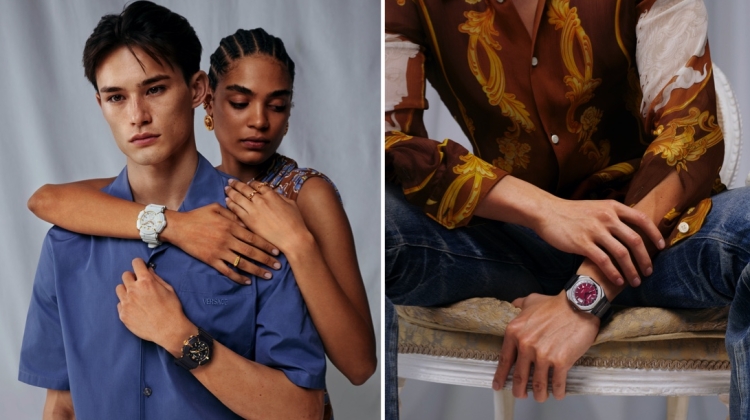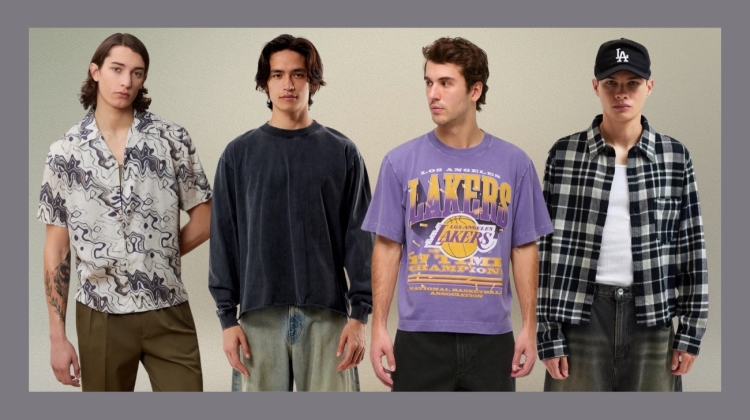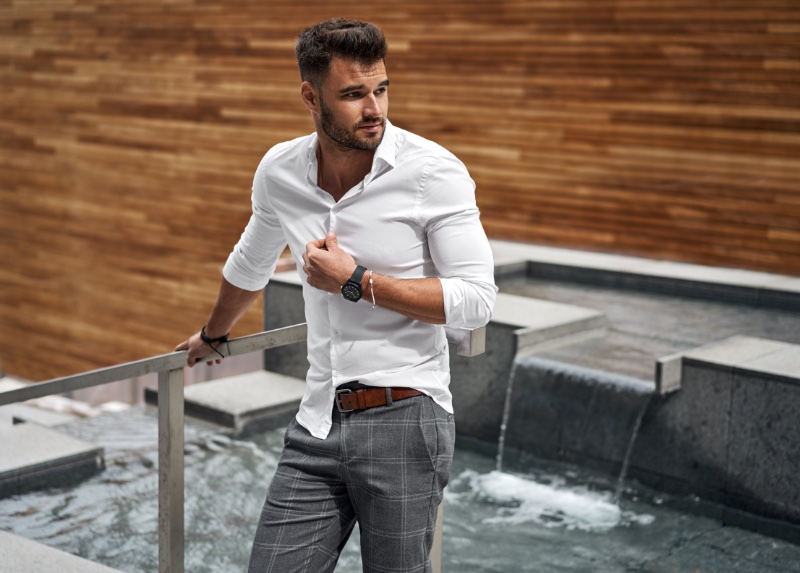
People often suggest that the devil is in the details, and this adage couldn’t ring more accurately regarding fashion. A well-crafted belt can elevate an outfit from drab to elegant, but only if it fits appropriately.
Finding the correct belt size can be challenging, particularly when shopping online or unsure of one’s waist measurement. Fear not, dapper reader, for we have compiled a comprehensive guide on measuring your belt size and choosing the right belt for your wardrobe.
We’ll also delve into the different materials available, each with its unique pros and cons, to ensure you make an informed decision when shopping for your next belt. So, let’s buckle up and discover the secret to finding the perfect belt fit:
How to Measure for Belt Size
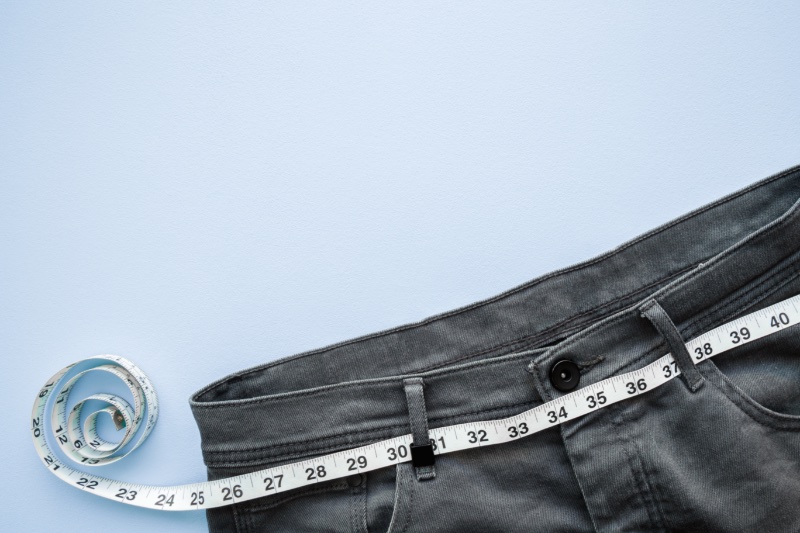
To get the most accurate belt size for your body, begin by wrapping a measuring tape through the belt loops on your pants. Ensure you take a proper posture without shifting your stomach during the measurement.
The tape measure should be held snugly against your body. Please take note of the measurement in inches and round it to the nearest inch. Finally, select the belt size that is closest to your body measurement.
How to Measure a Belt
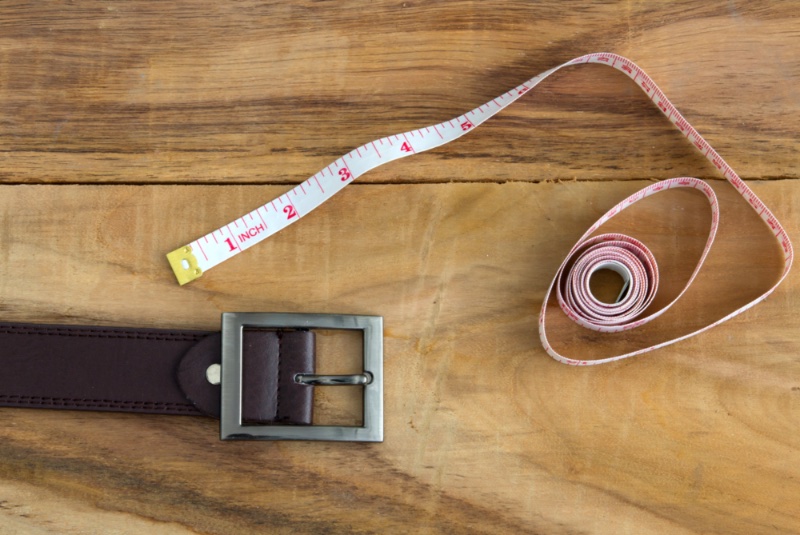
The most effective method for determining your belt size is to measure a belt that already fits you well. Place the belt on a smooth and level surface.
Begin measuring from the hole that you commonly use and extend the tape measure to the buckle’s endpoint. Remember that belts are usually sized in inches, so round off to the nearest inch.
For instance, if your measurement is 33.5 inches, you should opt for a size 34 belt.
Belt Size Vs. Pant Size
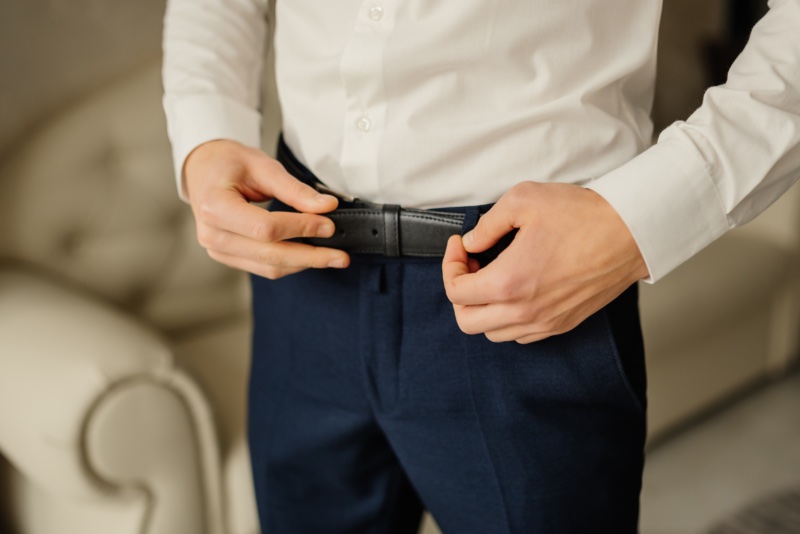
A straightforward method for figuring out your belt size is to add a couple of inches to your standard pant waist measurement. For instance, if your pants have a waist size of 34 inches, then a 36-inch belt would likely be a suitable choice.
This method is particularly effective for pants that sit close to the natural waistline. Still, you may want to add 3 or 4 inches to your pant waist size for low-rise pants or jeans to find the proper belt fit.
Belt Sizes Chart
To determine your US/UK belt size, add 2 inches to your perfect pant size using the following chart:
| If your pant waist size is: | Buy a belt size: |
|---|---|
| 30 in waist | 32 in belt |
| 32 in waist | 34 in belt |
| 34 in waist | 36 in belt |
| 36 in waist | 38 in belt |
| 38 in waist | 40 in belt |
| 40 in waist | 42 in belt |
Is belt size the same as pant size?
No, belt size and pant size are not the same. When you buy pants, the size is based on your waist size. When you buy a belt, the size is based on the belt’s length. It is best to measure your waist and take specific measurements before buying a belt to ensure you get a belt that fits.
Belt Materials
Belts serve functional and fashion purposes, and the suitable material can make all the difference. Here’s a rundown of some popular belt materials:
- Leather: A classic material that offers a timeless look and can last for many years with proper care. However, leather is also porous and can stain and scratch easily.
- Vegan Leather: An ethical and sustainable alternative to traditional leather, vegan leather belts are made from synthetic materials. They offer a similar look and feel to leather but are more durable and easier to care for.
- Suede: Soft, supple, and luxurious, suede is an excellent choice for a more casual look. Like leather, it requires special care to avoid staining or discoloration.
- Canvas: Lightweight and affordable, canvas is easy to care for and durable. It’s best for casual wear but may not be suitable for dressier occasions.
- Nylon: Durable and water-resistant, making it great for outdoor and athletic activities. Nylon can be less breathable than other materials and may not hold up as well over time.
- Metal: Stylish and unique but heavy and uncomfortable for extended wear. Not suitable for casual or athletic wear.
- Elastic: It is stretchy and comfortable, but it may not hold up well over time and may not be suitable for dressier occasions.
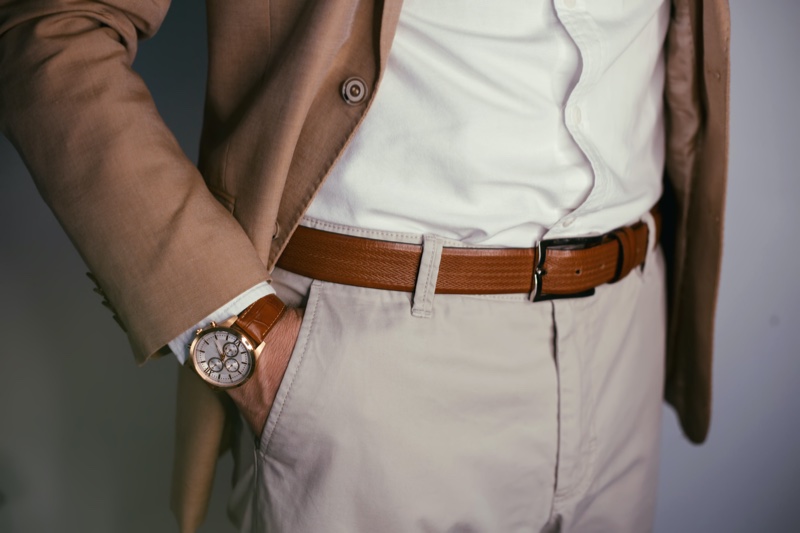
Recommendations for Different Occasions
- For formal occasions: A leather or vegan leather belt with a sleek and simple design in a neutral color, such as black or brown.
- For casual wear: A canvas or elastic belt in a fun color or pattern with a relaxed fit.
- For outdoor and athletic activities: A nylon or elastic belt that is durable, water-resistant, and comfortable to wear for extended periods.
How to Choose the Right Belt
A well-crafted belt is a finishing touch to any outfit, and getting the right fit is critical. Whether you wrap a measuring tape through your belt loops, measure a trusty belt in your wardrobe, or add a few inches to your pant waist size, taking accurate measurements is the first step to nailing the perfect fit.
But let’s not forget about the materials and design. A belt serves a functional purpose and adds personal style to your look. With options ranging from classic leather to canvas and elastic, it’s essential to consider the occasion and your preference when selecting the ideal belt.


